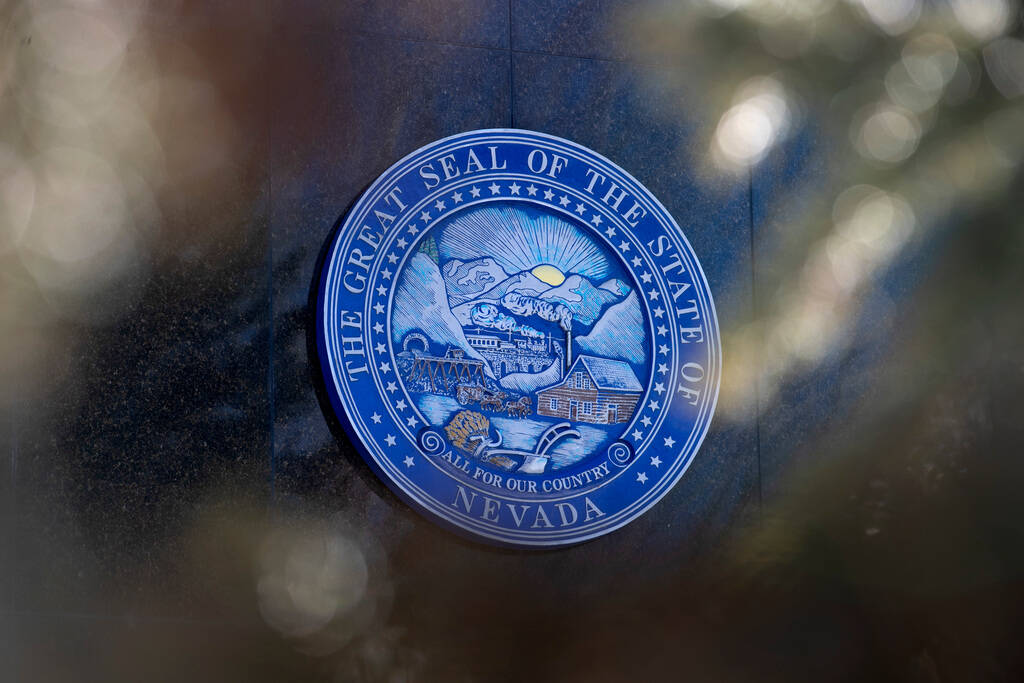How much does Nevada rainy day fund have? Hint: It just set a record
It’s anything but gloomy for Nevada’s rainy day fund, whose balance reached its highest level in history last week.
State Treasurer Zach Conine announced Monday that the fund had reached $1.23 billion following statutorily required transfers to the account, just three years after the account was drained because of economic difficulties during the COVID-19 pandemic.
“The growth in the rainy day fund and the fact that we were able to replenish it — not just to where it was before the pandemic, but three times as much money — shows just how strong Nevada’s economic recovery has been, and just how effective our strong financial management has been in the period since the pandemic,” Conine said.
In 2020, lawmakers voted to empty the account and transfer the $401 million balance to the state’s general fund to offset deep budget cuts brought on by economic downturns during the pandemic.
The account has been replenished through statutorily required transfers to the fund, including last week’s transfers of $326 million. State law requires 1 percent of total anticipated revenue for each year and a portion of excess general fund collections to be transferred to the account.
The rainy day fund also received a boost through Senate Bill 431, a bill proposed by Gov. Joe Lombardo that was amended and passed by lawmakers just hours before the end of this year’s legislative session. The bill raised the cap on the rainy day fund from 20 percent to 26 percent of appropriations from the state general fund.
“As I said in my State of the State address back in January, fiscal responsibility is the backbone of my budget,” Lombardo said in a statement. “By investing in unprecedented savings, we will be better prepared for our state’s future and build a stronger Nevada for the next generation.”
Despite signaling a strong rebound for Nevada, diversifying the economy could avert the state’s need for a large rainy day fund in the future, said Andrew Woods.
“Overall, I think that still is a sign of Nevada’s boom or bust economy,” said Woods, who serves as the director of the Center for Business and Economic Research at UNLV. “When leisure hospitality does well, we do well. When leisure hospitality suffers greatly, so does the state and so does Southern Nevada. We should all be concerned about that.”
Contact Taylor R. Avery at TAvery@reviewjournal.com. Follow @travery98 on X.






















